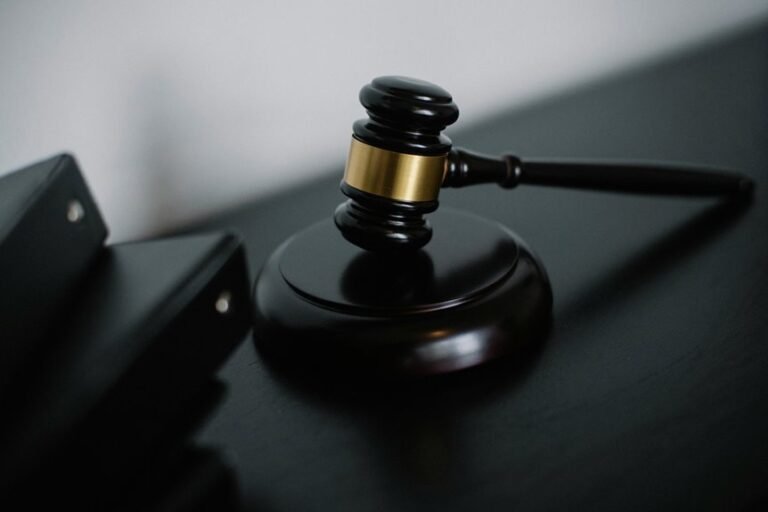Fraudulent Oversight Caller Activity Regulation Bureau 3382066239 3271329645 3270570331 3510096781 3381531212 3533579023
You may have noticed an uptick in suspicious phone calls from numbers like 3382066239 and 3271329645. The Fraudulent Oversight Caller Activity Regulation Bureau is actively addressing these deceptive practices. Their regulatory measures aim to safeguard your personal information and maintain trust in business communications. Understanding how these regulations work can help you stay informed. What steps can you take to protect yourself from these threats?
Understanding Fraudulent Oversight Caller Activities
As you navigate the complex landscape of phone communications, understanding fraudulent oversight caller activities becomes essential.
Caller identification plays a crucial role in enhancing scam awareness, helping you discern legitimate calls from potential threats.
The Impact on Consumers and Businesses
While the rise of fraudulent caller activities poses significant challenges, both consumers and businesses must adapt to the evolving landscape of communication.
Increased consumer awareness about scams can empower individuals to protect themselves, but businesses face reputational risks if they’re perceived as untrustworthy.
Addressing these concerns is crucial for maintaining customer trust and ensuring a secure environment for all stakeholders involved.
Regulatory Measures and Responses
Given the escalating threat of fraudulent caller activities, regulatory bodies are stepping up to implement measures aimed at curbing these deceptive practices.
To ensure regulatory compliance, agencies face significant oversight challenges, particularly in tracking and penalizing offenders.
Enhanced monitoring systems and stricter penalties are being introduced to deter such activities, fostering a more transparent communication landscape where consumers can feel secure and informed.
How to Protect Yourself From Fraudulent Calls
To effectively protect yourself from fraudulent calls, it’s crucial to recognize the warning signs and adopt proactive measures.
Utilize call blocking features on your phone to deter unwanted calls. Always verify callers’ identities before sharing personal information.
Stay informed about identity theft tactics and report suspicious activity immediately.
Conclusion
As you hang up the phone, a lingering unease settles in—was that call real or just another deceptive ploy? The shadow of fraudulent oversight looms large, but you hold the power to shield yourself. By staying informed and vigilant, you can navigate this treacherous landscape. The next time your phone rings, will you be ready to discern friend from foe? Your awareness is your best defense against the unseen threats that lurk behind the dial tone.






